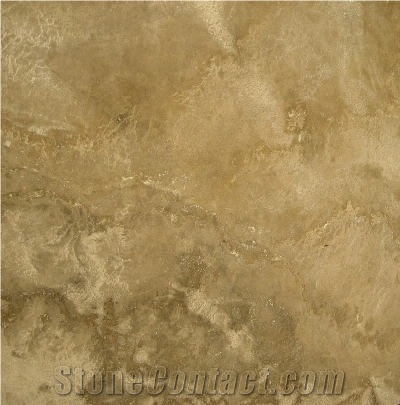Can Peru's Reale Travertine be used exterior applications in cold climates?
Perus Reale Travertine can be used in exterior applications in cold climates, but it will require proper installation and maintenance. Travertine is a natural stone that is known for its durability, making it suitable for various climates. However, in cold climates, there are a few factors to consider:
1. Freeze-thaw cycles: Travertine is porous, which means water can get into its pores. In cold climates with freeze-thaw cycles, water can freeze and expand, causing the stone to crack or chip. To prevent this, it is essential to use a high-quality sealant specifically designed for travertine and reapply it regularly to maintain water resistance.
2. Slip resistance: In cold climates where snow and ice are common, it is crucial to choose a travertine variety that has a textured or honed finish, providing good slip resistance. This will help prevent accidents due to slippery surfaces.
3. Maintenance: Regular cleaning and maintenance are important, especially in colder climates where salt and deicers are used to melt ice and snow. These chemicals can potentially damage and stain the surface of the stone. Promptly removing any spills or stains and using a pH-neutral cleaner will help preserve the beauty and longevity of the travertine.
Ultimately, proper installation, regular maintenance, and the selection of a quality travertine variety will determine its performance in exterior applications in cold climates. Its advisable to consult with professionals experienced in working with travertine to ensure a successful and durable installation.
Perus Reale Travertine can be used in exterior applications in cold climates, but it will require proper installation and maintenance. Travertine is a natural stone that is known for its durability, making it suitable for various climates. However, in cold climates, there are a few factors to consider:
1. Freeze-thaw cycles: Travertine is porous, which means water can get into its pores. In cold climates with freeze-thaw cycles, water can freeze and expand, causing the stone to crack or chip. To prevent this, it is essential to use a high-quality sealant specifically designed for travertine and reapply it regularly to maintain water resistance.
2. Slip resistance: In cold climates where snow and ice are common, it is crucial to choose a travertine variety that has a textured or honed finish, providing good slip resistance. This will help prevent accidents due to slippery surfaces.
3. Maintenance: Regular cleaning and maintenance are important, especially in colder climates where salt and deicers are used to melt ice and snow. These chemicals can potentially damage and stain the surface of the stone. Promptly removing any spills or stains and using a pH-neutral cleaner will help preserve the beauty and longevity of the travertine.
Ultimately, proper installation, regular maintenance, and the selection of a quality travertine variety will determine its performance in exterior applications in cold climates. Its advisable to consult with professionals experienced in working with travertine to ensure a successful and durable installation.
 Peru
Peru
















 Turkey
Turkey